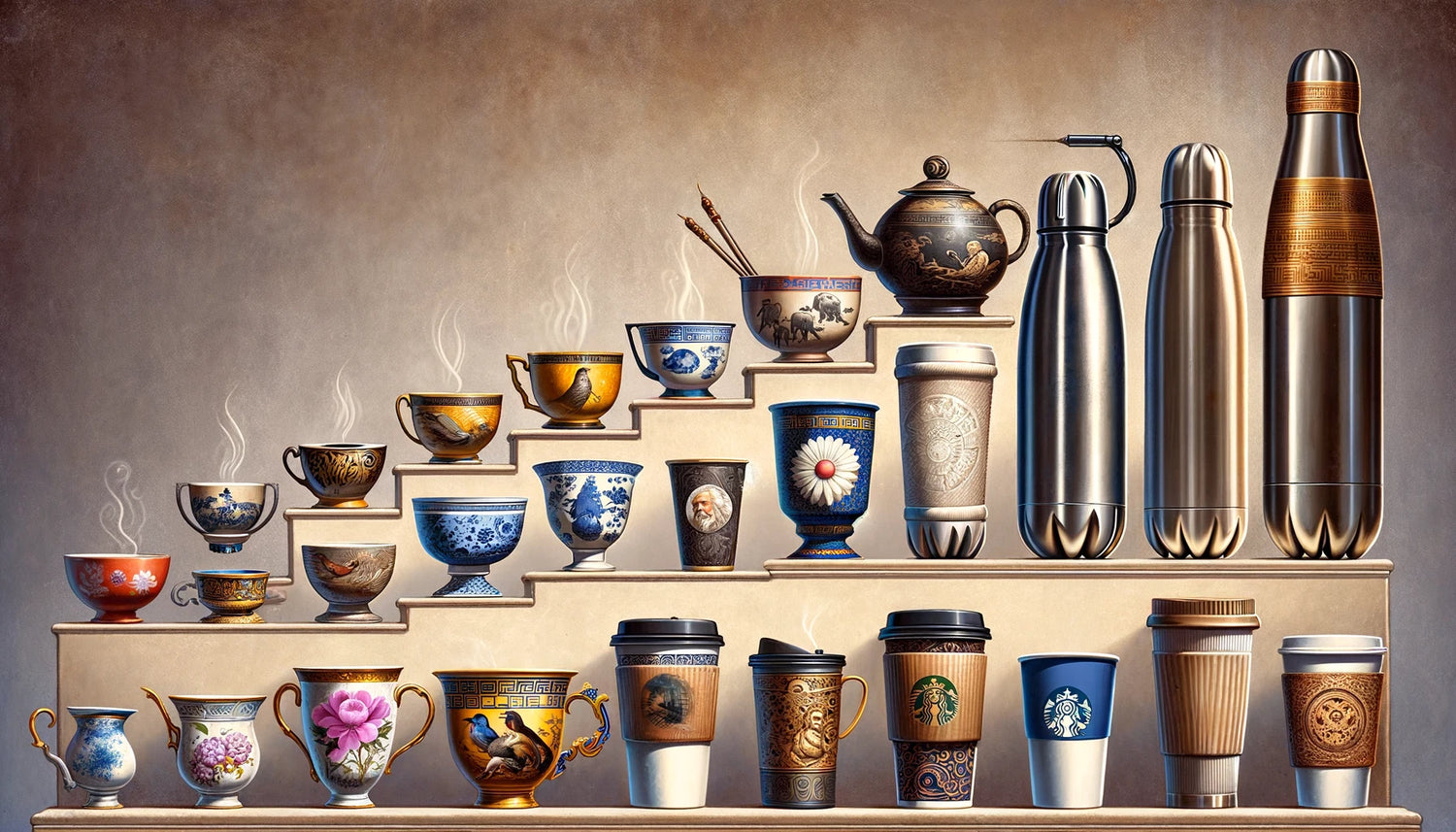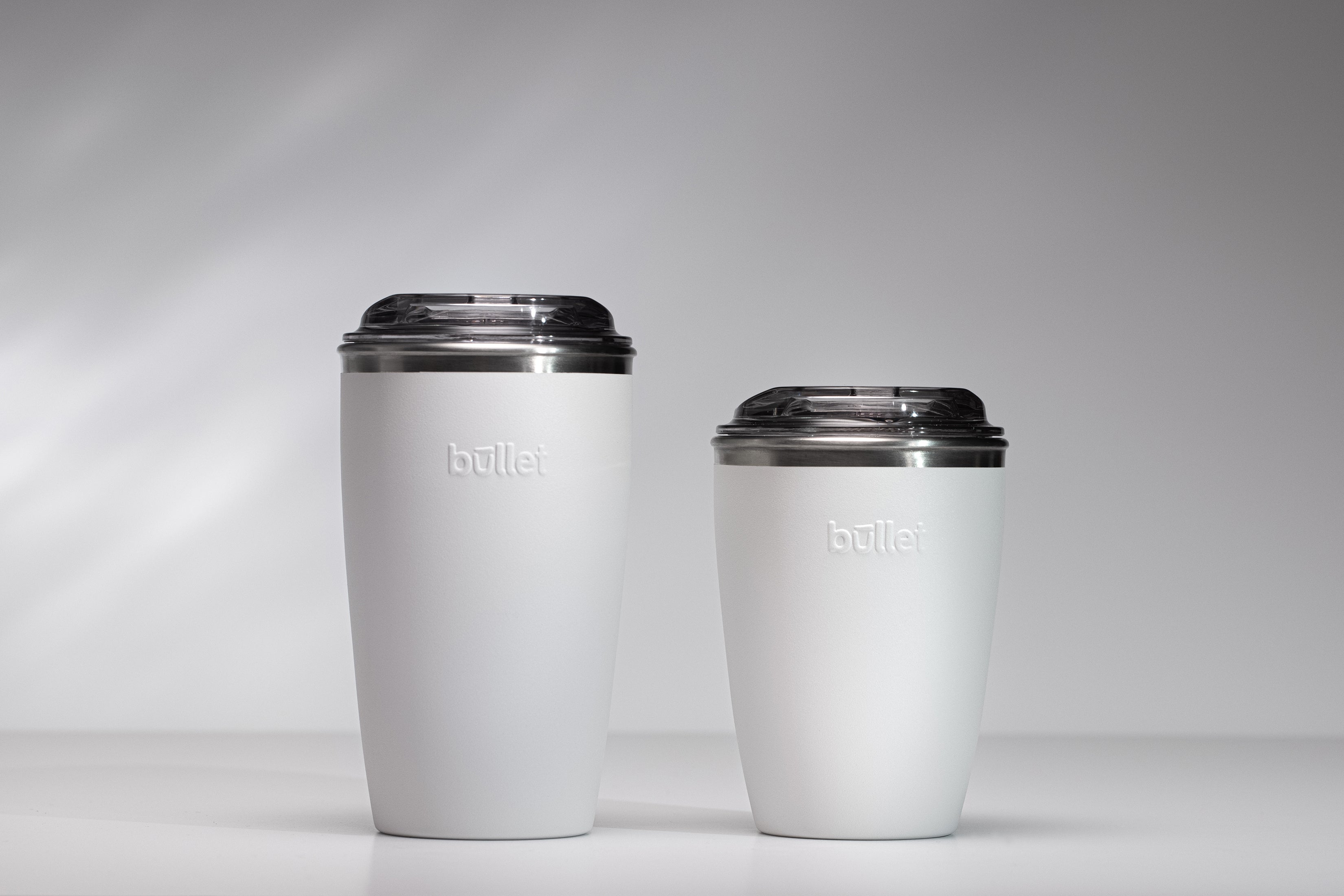The humble coffee cup, a staple of daily routines worldwide, has a rich history that mirrors the evolution of coffee culture itself. From its origins in the Middle East to the modern-day Bullet Cup, the design of the coffee cup has evolved to meet the changing needs and tastes of coffee drinkers through the ages.
Ancient Beginnings
The story of the coffee cup begins not with coffee but with its predecessor, tea. In ancient China, tea was consumed from small, handle-less bowls made from porcelain. These bowls set the precedent for the first coffee cups, which would emerge centuries later with the advent of coffee drinking in the Middle East.
The Middle Eastern Influence
Coffee drinking is believed to have originated in Yemen in the 15th century, spreading throughout the Islamic world. The first coffee cups, or "fincans," were small, handle-less, and made of ceramic or metal. These cups were designed for sipping coffee slowly, reflecting the communal and ritualistic nature of coffee consumption in Middle Eastern culture.
European Adaptation
As coffee made its way to Europe in the 17th century, the design of the coffee cup began to evolve. European coffee houses, which became social and intellectual hubs, adopted the Middle Eastern practice of serving coffee in small cups. However, influenced by the European tradition of tea drinking, handles were added to these cups for convenience, giving birth to the coffee cup's design as we know it today.
Porcelain Revolution
The introduction of porcelain to Europe, particularly in Germany and France, marked a significant evolution in coffee cup design. Porcelain allowed for thinner walls and better heat retention, making it an ideal material for coffee cups. The Meissen Porcelain Factory in Germany, established in the early 18th century, was among the first to produce porcelain coffee cups, often elaborately decorated to reflect the status of coffee drinking as a sophisticated activity.
The Industrial Age and Beyond
The Industrial Revolution brought mass production techniques that made coffee cups more accessible to the general public. The design of coffee cups continued to evolve, with the introduction of saucers, improved insulation, and decorative styles that reflected the trends of the times.
The Modern Era: Functionality Meets Sustainability
Today, the design of coffee cups is driven by both functionality and environmental sustainability. The Bullet Cup represents the pinnacle of this evolution. Made from durable, insulated stainless steel, the Bullet Cup is designed to keep coffee hot for hours while being reusable and eco-friendly. Its sleek design and customization options reflect the modern coffee drinker's desire for a cup that is both practical and personal.
Conclusion
The evolution of the coffee cup design is a testament to the enduring love affair humanity has with coffee. From the simple fincans of the Middle East to the sophisticated, eco-conscious Bullet Cup of today, the coffee cup has adapted to meet the needs of coffee drinkers throughout history. As we look to the future, the design of the coffee cup will undoubtedly continue to evolve, reflecting changes in technology, culture, and our relationship with the environment. But at its core, the coffee cup remains a symbol of connection, comfort, and the simple pleasure of enjoying a cup of coffee.



